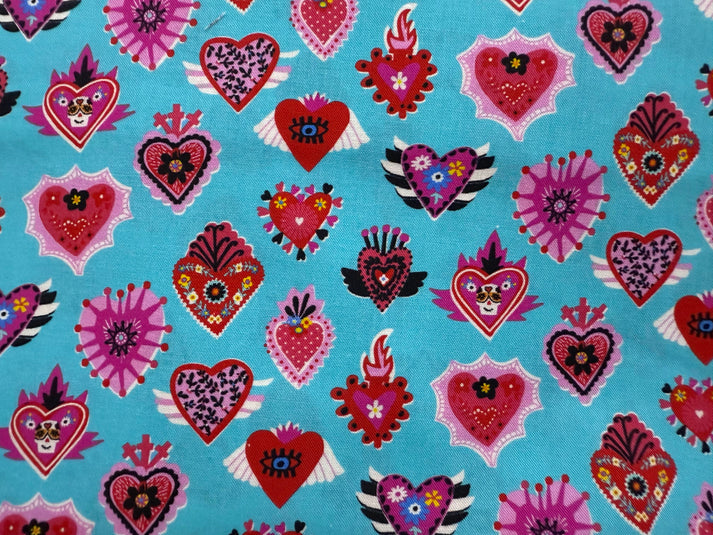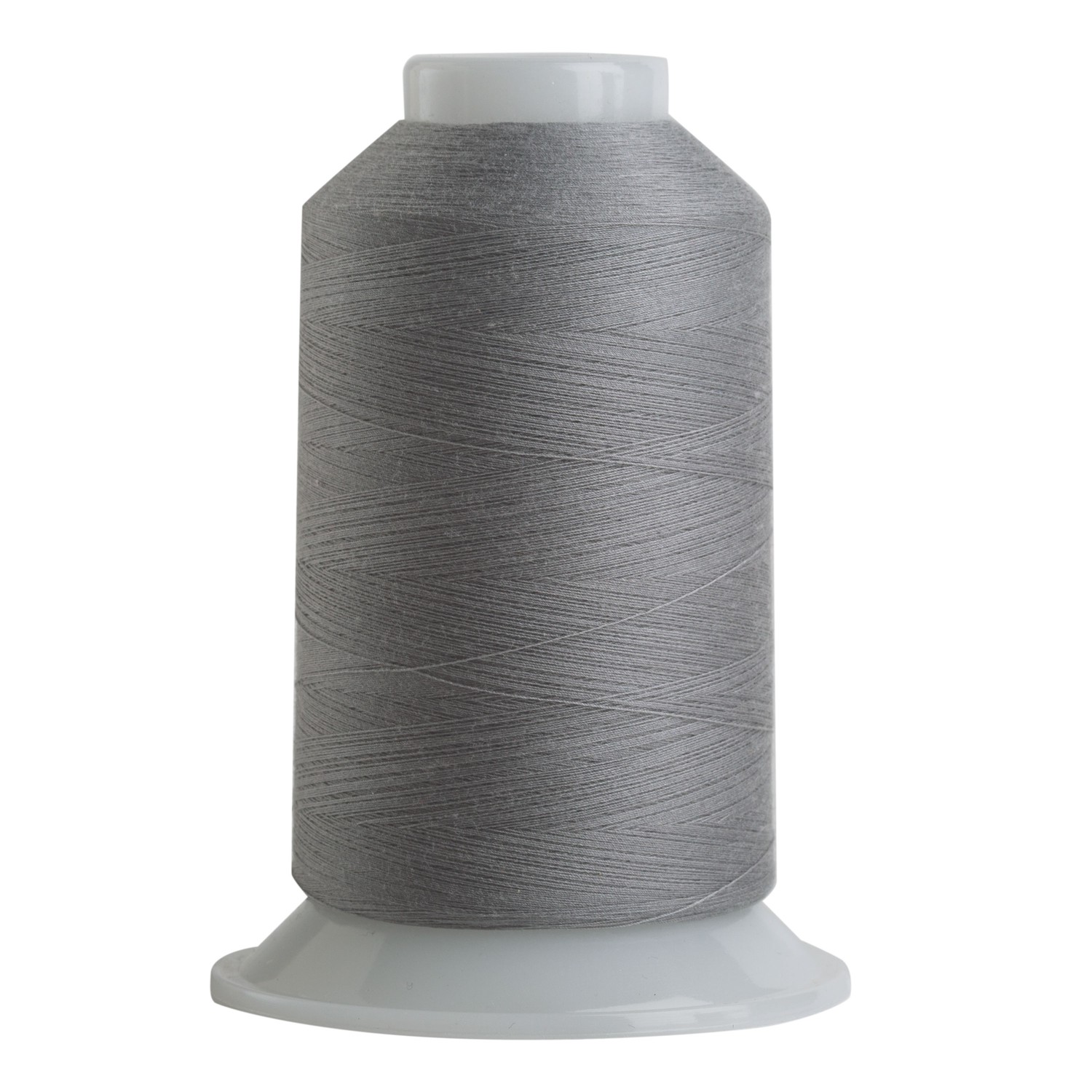From Scratch: Handmade A-Line Dress
After years of buying dresses that almost fit but never quite worked with my proportions, I decided to try making one myself. The pattern looked straightforward enough, but I quickly learned that following instructions exactly doesn't guarantee a garment that actually flatters your body. Understanding how to adjust patterns for your specific measurements makes the difference between wearing something you made and wearing something that looks professionally tailored.
There's satisfaction in sewing a garment that fits your body, reflects your style, and aligns with your values about clothing quality and construction. This handmade A-line dress offers a simple silhouette that works for confident beginners while providing enough construction details to keep experienced sewists engaged. The classic shape layers well with other pieces, holds up to regular washing, and creates that quiet confidence that comes from wearing something perfectly suited to your needs. Make sure to check out our free printable Fiber Arts Quick Guide below.
Get The Guide
Ready to stop feeling lost every time you pick up needles or thread? This guide covers the core techniques, tools, and terms for knitting, crocheting, weaving, and simple sewing. No more guessing, just clear steps and beginner checklists so you can actually start (and finish) projects you love.
Disclosure
Some links on FiberMaiden are affiliate links. When you click and purchase, I may earn a small commission at no extra cost to you. I partner only with brands and tools I trust and use in my own kitchen, studio, and garden. Your support means a lot.
Get 3 Free Recipe Sheets
Ready for recipes that don't require a culinary degree to follow? Get seasonal recipe sheets designed for real kitchens and busy lives, the kind that work even when your kids are asking for snacks mid-prep.
Troubleshooting and Safety
Pattern pieces not fitting together properly: Double-check that you're cutting the correct size and that pattern pieces are properly aligned with fabric grain lines. Mismatched seam lengths often indicate cutting errors or pattern pieces from different sizes mixed together.
Dress fitting poorly despite following measurements: Ready-to-wear sizing doesn't translate directly to pattern sizing, and everyone's proportions vary. Make a muslin test garment first to identify needed adjustments before cutting into your final fabric.
Seams puckering or pulling: Your machine tension may be incorrect, or you might be stretching fabric while sewing. Use appropriate needle size for your fabric weight, and let the machine feed the fabric rather than pulling it through.
Neckline or armholes gaping or too tight: These areas require precise fitting that often needs adjustment from pattern measurements. Small changes here make big differences in comfort and appearance, so test fit frequently during construction.
Fabric choice affecting drape: A-line dresses work best with fabrics that have some body but aren't too stiff. Very drapey fabrics may not hold the shape, while overly structured fabrics can look boxy rather than flattering.
Hem length appearing uneven: Hang the dress for 24 hours before hemming to allow the fabric to settle, then mark hem length while wearing the dress or having someone help you measure from the floor up.
Frequently Asked Questions
Fiber Arts Quick Guide
One page for yarn weights, needle & hook sizes, gauge basics, and quilt math. Keep within reach while you work.
Yarn weights at a glance
| Weight | CYC # | Knit gauge (sts/4 in) • Needles US | Crochet gauge (sts/4 in) • Hook |
|---|---|---|---|
| Lace | 0 | 33–40+ • 000–1 | 28–36+ • Steel/B–C |
| Fingering / Sock | 1 | 27–32 • 1–3 | 21–32 • B–E (2.25–3.5 mm) |
| Sport | 2 | 23–26 • 3–5 | 16–20 • E–7 (3.5–4.5 mm) |
| DK | 3 | 21–24 • 5–7 | 12–17 • 7–I (4.5–5.5 mm) |
| Worsted | 4 | 16–20 • 7–9 | 11–14 • I–K (5.5–6.5 mm) |
| Bulky | 5 | 12–15 • 9–11 | 8–11 • K–M/N (6.5–9 mm) |
| Super Bulky | 6 | 6–11 • 11–17 | 5–9 • M/N–Q (9–15 mm) |
| Jumbo | 7 | 1–6 • 17+ | 0–5 • Q+ (15 mm+) |
Always swatch. Fiber content, twist, and your tension change gauge.
Needle and hook conversions
Knitting needles (US ↔ mm)
| US | mm |
|---|---|
| 0 | 2.00 |
| 1 | 2.25 |
| 2 | 2.75 |
| 3 | 3.25 |
| 4 | 3.50 |
| 5 | 3.75 |
| 6 | 4.00 |
| 7 | 4.50 |
| 8 | 5.00 |
| 9 | 5.50 |
| 10 | 6.00 |
| 10.5 | 6.50 |
| 11 | 8.00 |
| 13 | 9.00 |
| 15 | 10.00 |
Crochet hooks (Letter ↔ mm)
| Hook | mm |
|---|---|
| B | 2.25 |
| C | 2.75 |
| D | 3.25 |
| E | 3.50 |
| F | 3.75 |
| G | 4.00 |
| 7 | 4.50 |
| H | 5.00 |
| I | 5.50 |
| J | 6.00 |
| K | 6.50 |
| L | 8.00 |
| M/N | 9.00 |
| N/P | 10.00 |
Gauge and swatch basics
- Knit or crochet a 6 × 6 in swatch. Wash and lay flat to dry.
- Measure the center 4 in square. Count stitches and rows.
- Stitches per inch: stitches in 4 in ÷ 4. Rows per inch: rows in 4 in ÷ 4.
Cast on = target width (in) × stitches per inch + 2 edge stitches.
Rows to length = target length (in) × rows per inch.
Quilt and sewing quick math
- Seam allowances: quilting 1/4 in • garments 5/8 in
- Half-square triangles (HST): cut size = finished size + 7/8 in (or add 1 in and trim to square)
- Quarter-square triangles (QST): cut size = finished size + 1 1/4 in
- Binding estimator: total length = perimeter + 12 in; strip count = ceil(total ÷ WOF). Typical strip width 2.5 in
- Prewash tips: prewash reds/darks. Press, square the grain, then cut.
Labeling and project notes
- Yarn or fabric source, colorway, lot, and fiber content
- Gauge and needle or hook size
- Pattern name and size adjustments
- Wash and care instructions
© FiberMaiden • www.fibermaiden.com












